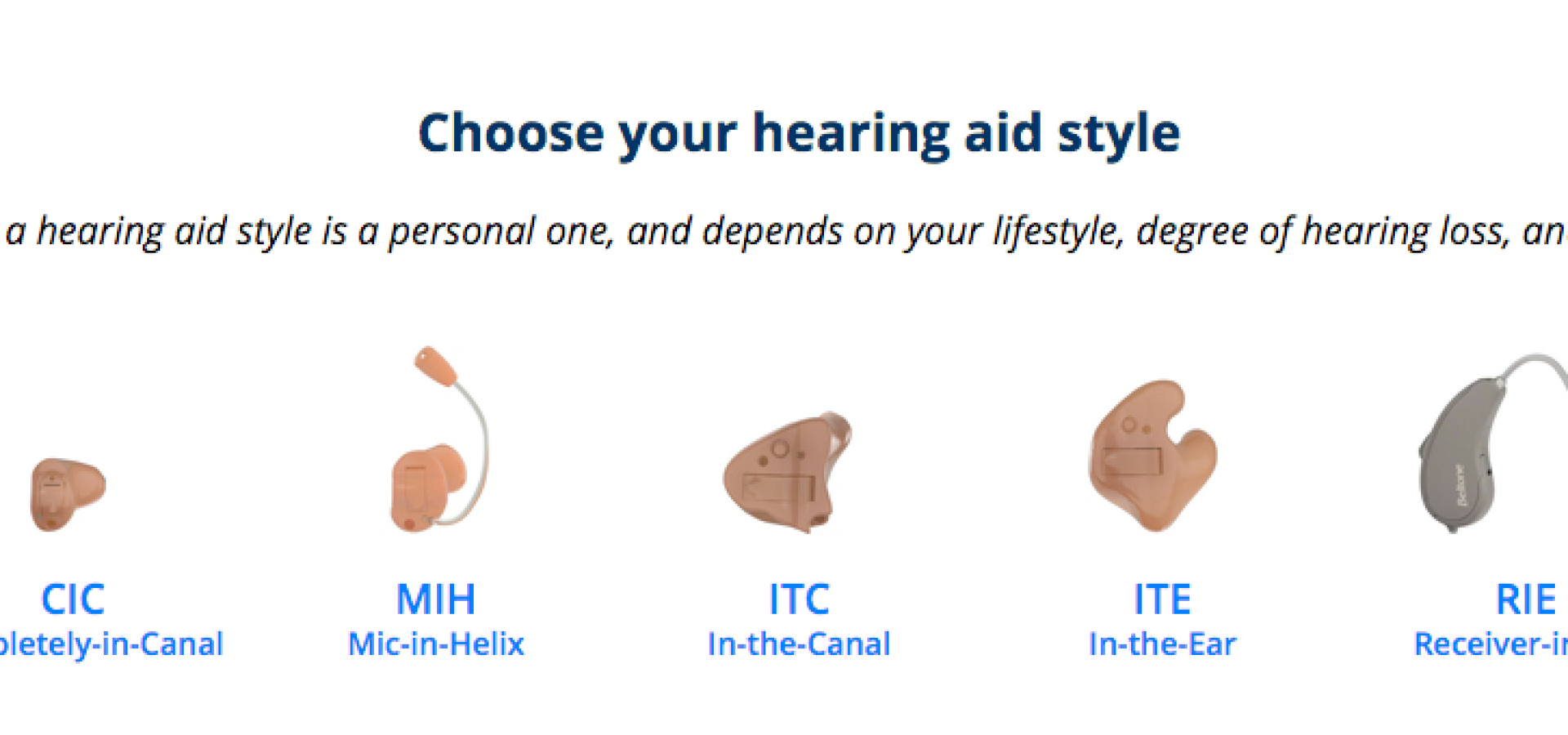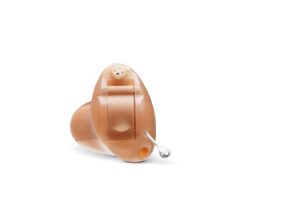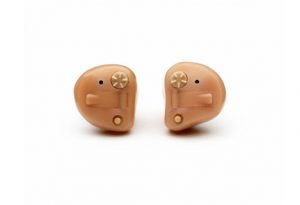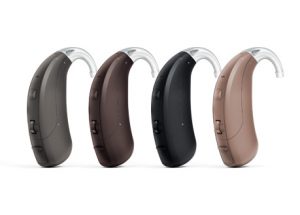Menu

First things first: you will need to know your hearing needs. At Fraser Valley Beltone, we offer a free hearing test to anyone who schedules an appointment with us!
Hearing aids work by amplifying the sound waves your ears have trouble picking up. There are many variations of hearing aids to cater for a wide range of issues – if you’re looking to get a hearing aid, we’ll go over the different types that you should consider in this article.
A common concern among hearing aid users is the visualness of their device. You might want to have a hearing aid that looks as hidden as possible, alternatively, your primary concern may be the effectiveness of the device. Small hearing aids may be less effective in improving your sense of sound. When choosing a hearing aid, it should primarily be based on what you need to make your hearing sound better, with aesthetics being less of a priority.
- Completely-in-the-canal (CIC) or mini CIC hearing aid

People who have mild to moderate hearing loss may use a Complete-in-the-Canal (CIC) hearing aid. As its name suggests, this device can be moulded to fit inside your ear canal. This type of hearing aid is the least conspicuous & is also less likely to attract wind noise. The downside of this type of hearing aid is that it has small batteries, which results in a shorter power life. CIC hearing aids are also prone to blockage and interference from earwax build-up. These hearing aids also don’t have volume control features or directional microphones that can help you adjust your hearing aid to pick up sounds from a certain direction.
- In-the-canal (ITC) hearing aids

Just like CIC hearing aids, an In-the-Canal (ITC) hearing aid can help cure mild to moderate hearing problems. But unlike a CIC hearing aid, only part of the ITC hearing is found in the ear canal. This type of hearing aid has a larger battery, which results in having a longer power lifespan than CIC aids.
An ITC hearing aid is also vulnerable to earwax clogging, which may affect the quality of sound that its amplifier would make.
An ITC hearing aid can be custom-made into two ways, depending on the needs of the user. The ITC hearing aid can be made to fill your outer ear or only its lower part – since an ITC can be designed to fill your outer ear fully, it will be more visible due to the larger sound receivers.
- Behind-the-ear (BTE) hearing aids

This type of hearing aid can assist people of all ages with varying degrees of hearing loss, as long as they don’t have any severe inner ear problems. A BTE hearing aid is hooked over the top of your and is placed behind your ear with a translucent conduit that connects the earpiece to the outermost hole of your ear, this helps support the main body of the hearing aid behind your ear, which contains the amplifier and batteries.
There’s a variant of the BTE called the Receiver-in-Canal (RIC) which uses a very small wire instead of clear tubing. Another BTE variant called the Open-fit allows low frequency sounds to enter the ear naturally, as there is no large earpiece that obstructs the end of the ear’s outer canal.
While this hearing aid is easy to fit around your outer ear, it is still very visible.
If you’re not sure on which hearing aid is best for you, come on down to Fraser Valley Beltone today! We provide extensive & affordable hearing aid tests in Langley, BC. Get in touch today to book your appointment.
Share Post
Facebook
Twitter
LinkedIn
Email
Reddit
Pinterest
